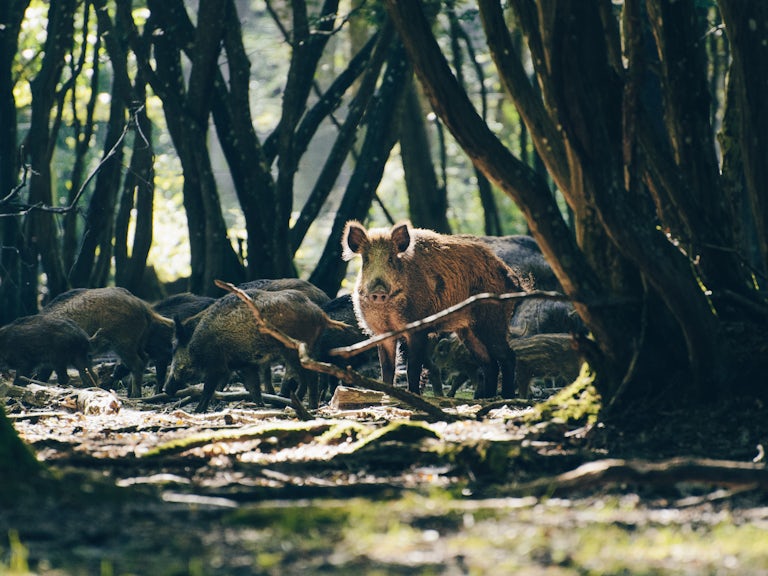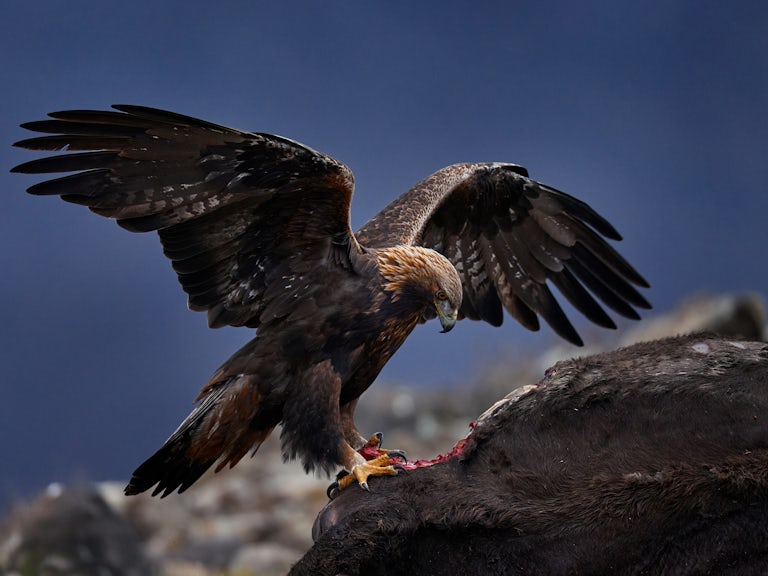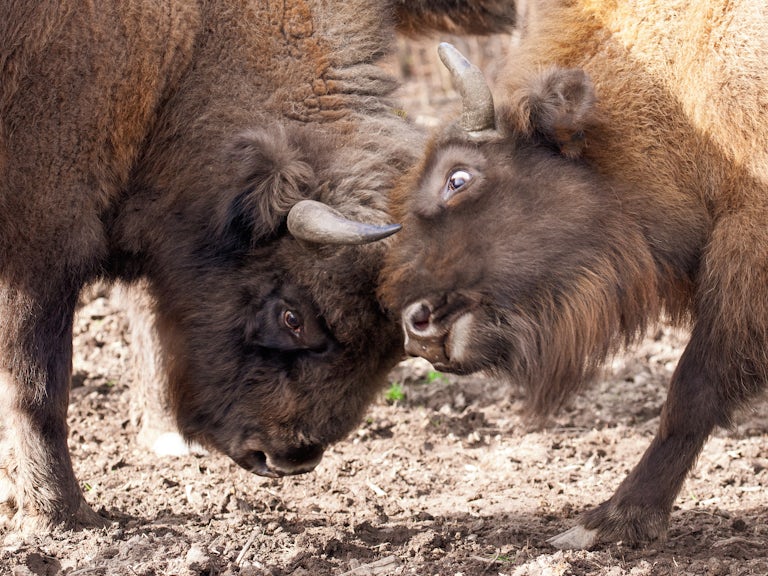20 amazing things that trees do
Trees give us oxygen, food, medicine and a whole lot more. Ali Wright reminds us why trees are amazing and vital to rewilding
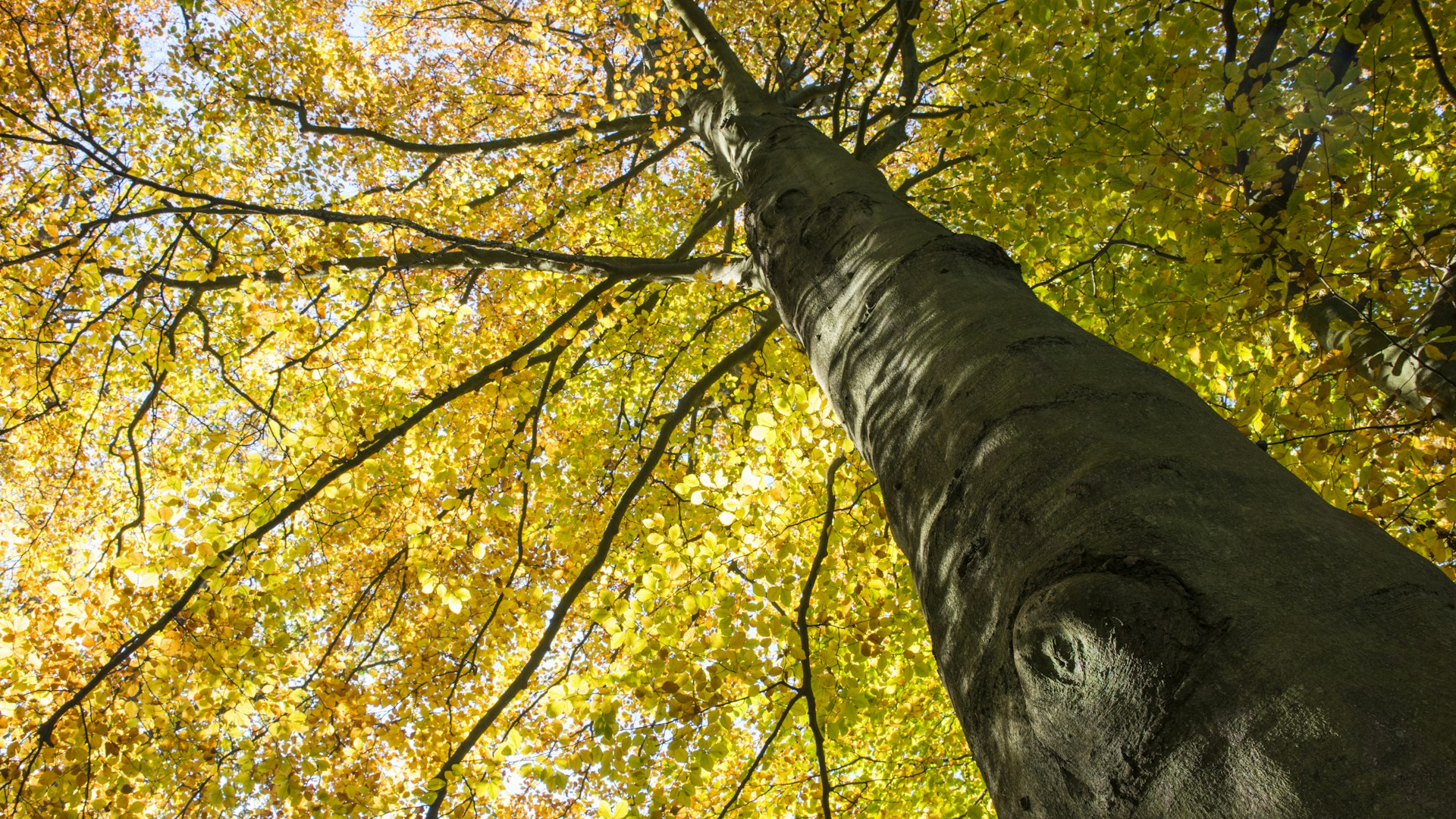
Published 02/12/2015
I think that I shall never see
A poem lovely as a tree
Poems are made by fools like me,
But only God can make a tree.
- Joyce Kilmer
We human beings like to develop techno fixes. Got an erosion problem? Build a retaining wall. Flooding? Build a floodgate. Too hot? Turn up the air conditioning. Too much C02? Build a coal-fired power plant then remove the C02, seal it in capsules and bury it deep underneath the ocean…But for all our advances in science and technology there is nothing we can build that comes close to providing all the functions of a tree.
Trees are the heroes of nature so it’s a tragedy that the UK is one of the least wooded areas of Europe. We have just 12% woodland cover compared to around 37% cover in the rest of Europe. Native woodland covers just 4% of our landmass. The removal of almost all our trees and scrubs is the primary reason that the majority of our wildlife species are in dramatic decline.
Trees have a key role to play in rewilding Britain – to help restore nutrients to the soils and encourage the return of diverse flora and fauna. But there’s even more to trees than that bit of simple miracle working. So here we present:
20 amazing things that trees do
1. Prevent soil erosion
Trees are the mortar of nature. Their roots hold soil together and prevent erosion and landslips.
2. Increase nutrients in the soil
An over-abundance of short root vegetation causes nutrients to wash out of the soil. This is a particular problem in places where you get a lot of rain (e.g. Britain) and results in the soil becoming acidic and less productive. Trees, on the other hand, have deep roots that can bring up nutrients from deep down in the soil. In addition, their decomposing leaves become a free source of nutrient-rich compost.
“Water sinks into the soil under trees at 67 times the rate at which it sinks into the soil under the grass”
3. Help prevent flooding
Trees provide protection against flooding. Tree canopies slow down the rate at which rainwater reaches the ground while tree roots act as channels to suck rainwater deeper underground, which is then released slowly. This means the water doesn’t run straight off surfaces and into watercourses or downstream. In fact, a study from 2012 showed that water sinks into the soil under trees at 67 times the rate at which it sinks into the soil under the grass. Trees can also stop soil particles washing into rivers and producing sediment build-up, which can cause flooding downstream.
4. Bolster fish and fisheries
Deciduous trees on river banks can help salmon and other fish by reducing siltation, casting shade and supplying leaves for nutrients.
5. Store C02
Roughly 50% of the dry weight of a tree is carbon. If we want to reduce atmospheric C02 we should be cutting emissions from fossil fuels, stopping the destruction of old growth forests and planting as many trees as we possibly can.
6. Give us oxygen
Some creatures, such as giant bugs back in the Carboniferous Period, thrive in a carbon rich atmosphere. Humans, on the other hand, are partial to a little more oxygen. Trees breathe out, we breathe in, we breathe out, trees breathe in…beautiful.
7. Provide timber for building materials…
How far would the Vikings have got without trees to build boats? Or civilization in general without timber for buildings and furniture? Unfortunately, in the UK, it took us a while to understand the whole limited supply thing. Once our forests were gone we just looked abroad for timber sources. The UK currently imports around 70 per cent of its entire wood-based products. Germany on the other hand has a rich tradition of silviculture going back hundreds of years with forests covering a third of the country.
“The rowan tree is said to ward off evil spirits in the Gaelic world”
8. …and other wood products
Again, where would civilization be without paper? Yes, paper still comes from trees. As well as other useful products such as mulch, fencing and resin. And products that only come from specific trees such as rubber and cork.
9. …and non-timber forest products
Shrubs and understorey plants such as blaeberries, hazel and willow grow best in woodland. Meanwhile, many species of fungi, such as truffles, only grow in symbiosis with specific trees.
10. …and fuel
Another of those ‘vital for the evolution of humanity’ things. Wood was our first source of fuel before we stumbled across fossil fuels. It’s back in fashion as a carbon neutral energy source if managed sustainably.
11. Clean the air
Trees absorb air pollution in cities. A 2012 report from The Woodland Trust, Urban Air Quality, identifies which trees are best for the job. Unfortunately, urban trees have a much shorter lifespan than their rural cousins. Once again, trees selflessly helping us out.
12. Soften the forces of nature
Trees provide shade from sun, and shelter from wind and rain. In urban areas, they cut down on the urban heat island effect and reduce the need for air conditioning. This will also help reduce carbon emissions which is known as a positive feedback mechanism.
“Walking in a woodland reduces depression, anxiety and blood pressure”
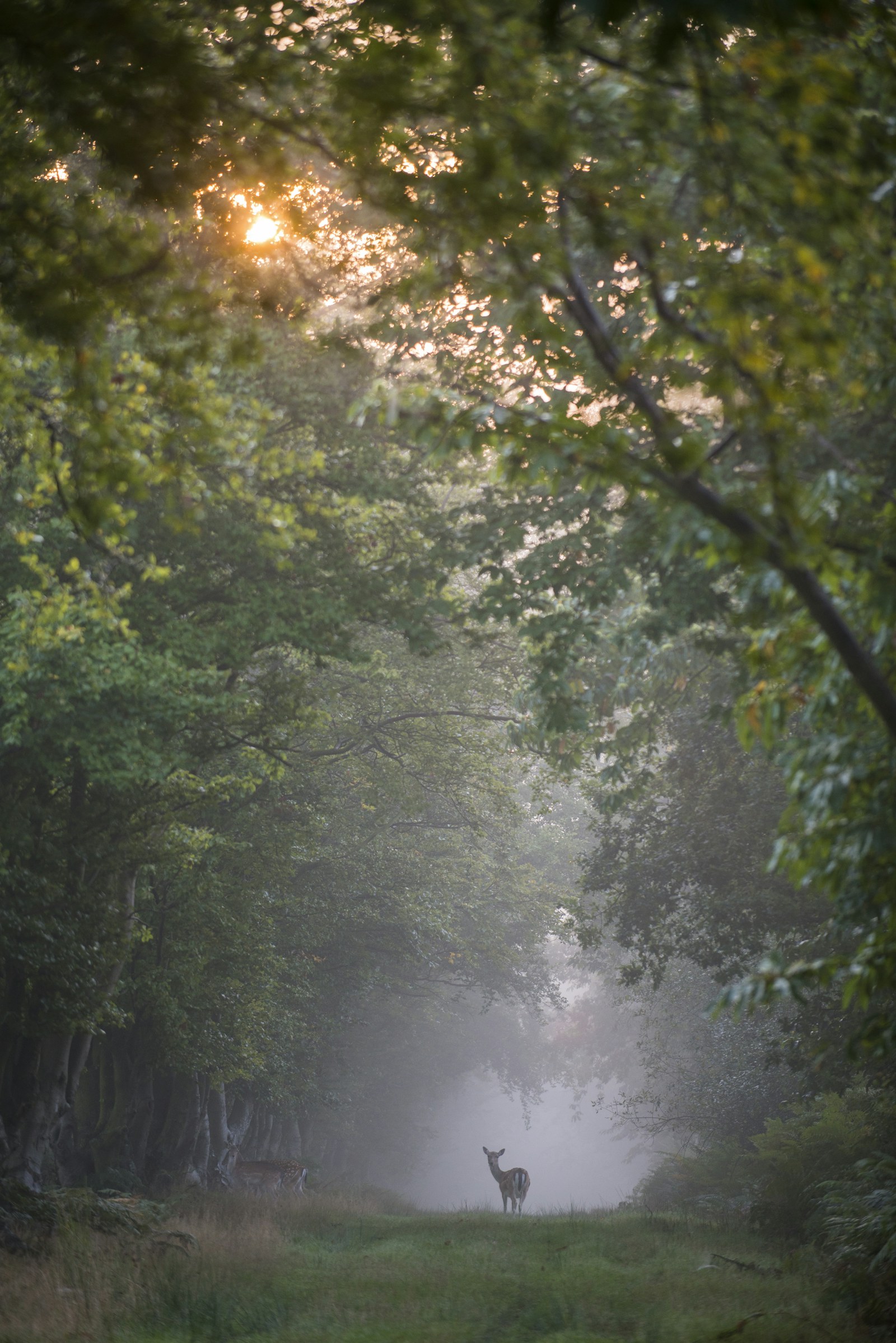
13. Surround us with beauty and life
Imagine bright yellow maples and red rowans in autumn. Cherry blossoms in spring, old gnarled oaks and the red bark of a stately Scot’s pine reflecting in the evening sun. Or the sound of the wind whispering through branches carrying the smell of honeysuckle to your nose. There’s a reason trees increase the value of property.
14. Provide food
Lemons, oranges, olives, apples, mangoes, chocolate, pears, coconuts, cherries, maple syrup, almonds, hazelnuts, papayas, walnuts….just a tiny slice of what’s on offer from nature’s tree buffet.
15. Provide medicine
A lot of medicines come from trees, either directly or in their derivative form. One every day example is aspirin (salicylic acid) from willow bark (salix spp.)
16. Increase biodiversity
Trees provide food, habitat and shelter for birds and countless other critters as well as fungi, lichen and micro-organisms. In general, the older the tree and the older the forest, the greater the biodiversity there will be.
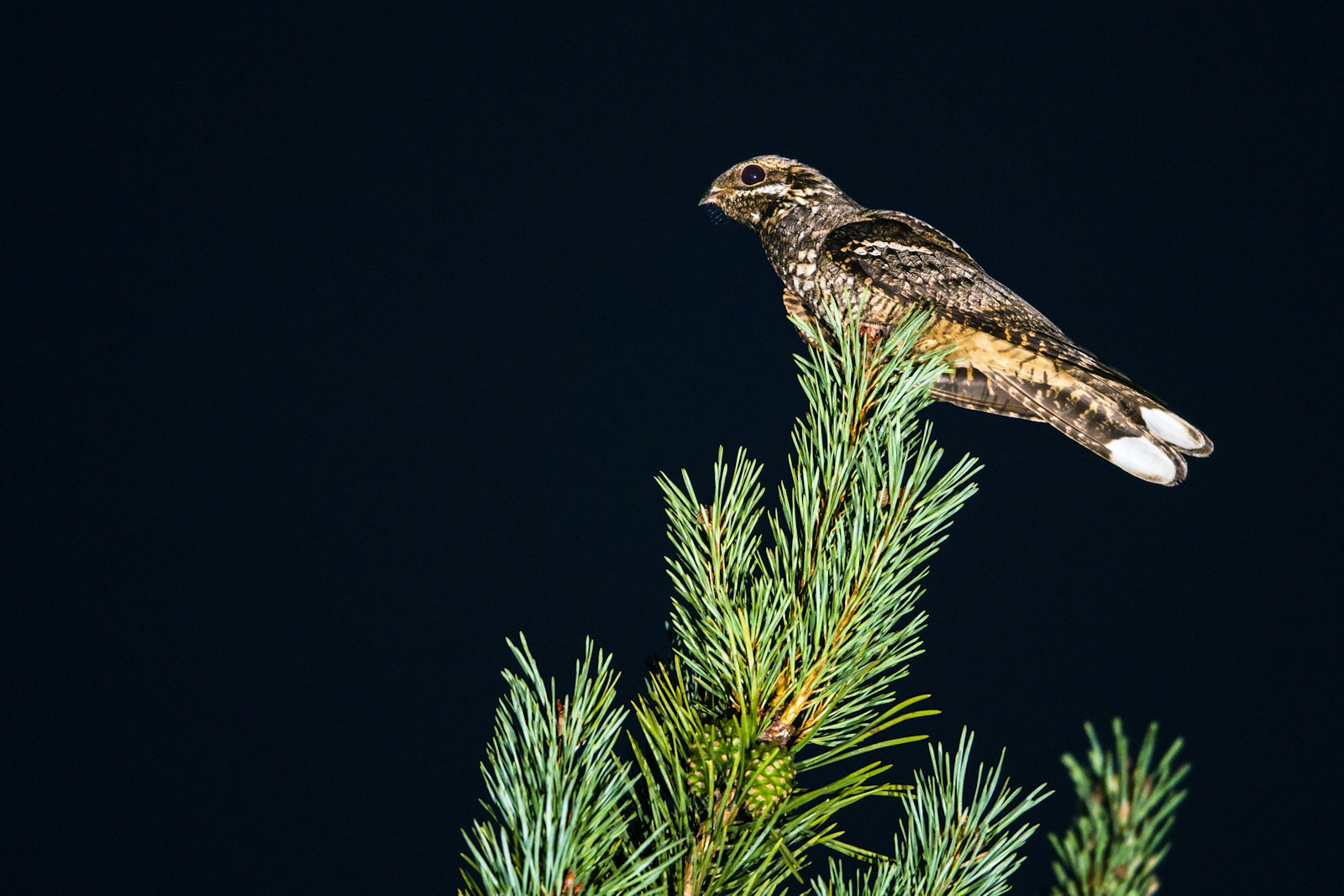
17. Increase resilience
Greater biodiversity increases resilience to pests, diseases and non-native species as well as climate change.
18. Make us happy and healthy
There have been numerous studies, such as this one reported in The Atlantic, which prove what most of us instinctively feel: walking in a woodland reduces depression, anxiety and blood pressure.
19. Provide shelter and forage for livestock and deer
Grazing stock and red deer do better in woodland than on open hills as they have shelter and more grazing opportunities.
And lastly….
20. Trees are amazing in their own right
Just think, from a tiny seed mixed with sunlight and water a tree, such as the California Redwood, can grow as tall as 40ft in just 20 years. Iconic trees such as the baobob, banyan, Joshua tree, mangrove and Scots pine increase the richness of our planet and fire our imaginations.
Trees play an important role in the world’s myths and legends. The Buddha was supposed to gain enlightenment under the Bodhi tree. A big old oak in Sherwood Forest was said to be home to Robin Hood and his band of men. The rowan tree is said to ward off evil spirits in the Gaelic world.
Amazing!
“Grazing stock and red deer do better in woodland than on open hills as they have shelter and more grazing opportunities”

Explore our Rewilding Manifesto
Learn more
Our vision
We have big ambitions. Find out what we’ve set out to achieve through rewilding.
Our vision
